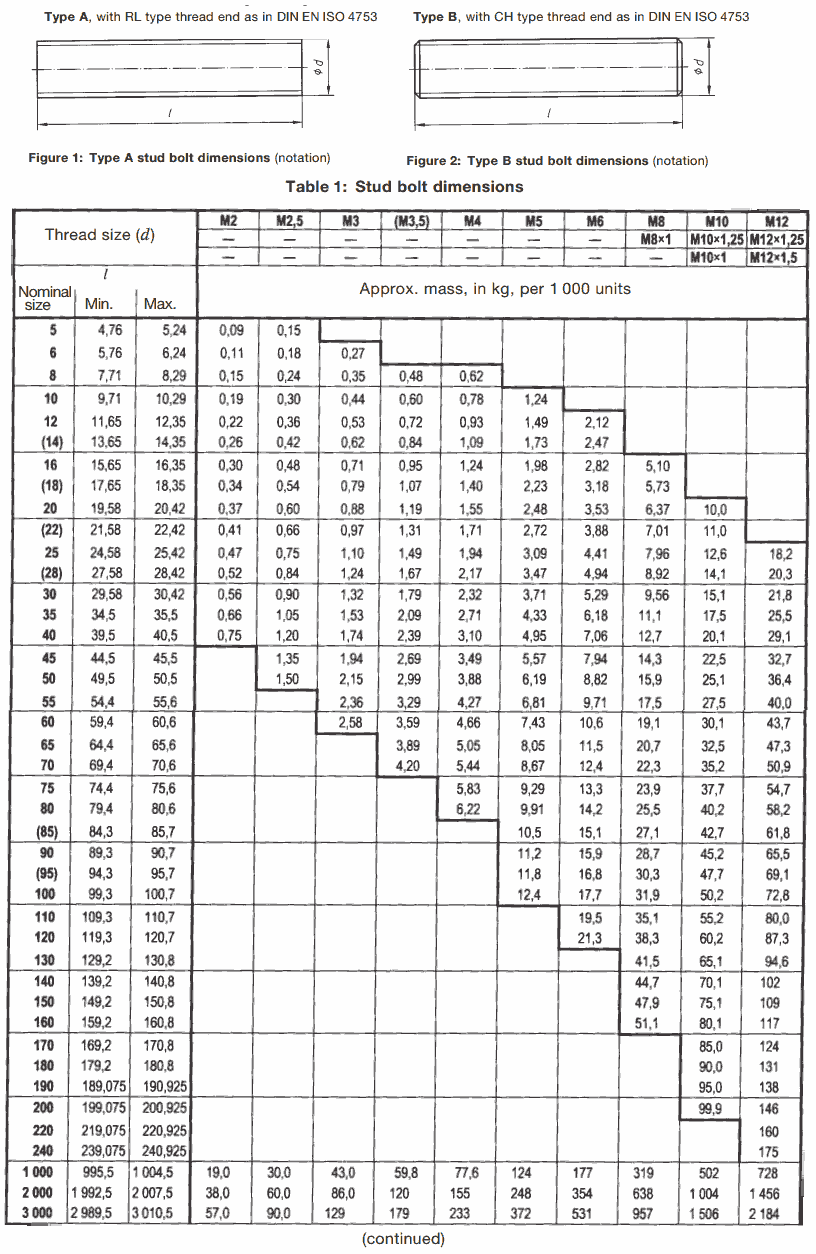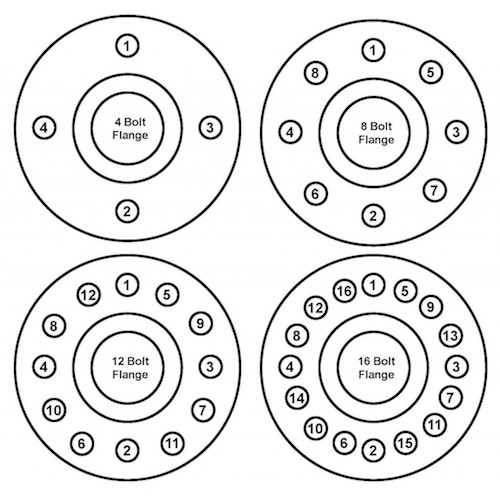
In the table above, d o is the outer diameter of the part pulling through, t p is the thickness of the part being considered, F t.app is the applied tensile force, and S sy is the shear yield strength of the material for the part being considered.

The relevant equations for analyzing pull through are: The tensile force applied to the joint will act to pull the parts through one another.

There are several principal failure mechanisms for the clamped parts which are described below. The nominal and minimum values in the table correspond to the nominal preload and the minimum preload, respectively.įailure of the clamped parts must be investigated when analyzing a bolted joint. A summary of the separation force values and their corresponding factors of safety is given in the table below. The separation force is the force that will result in separation of the joint. The joint constant for this joint was calculated in the Joint Properties tab as: The once the stiffnesses are known, the joint constant is calculated as: The value of the joint constant is determined by calculating the stiffness of the bolt, k bolt, and the stiffness of the clamped parts in the grip, k grip. After separation, all applied load is taken by the bolt and so the bolt load line has a slope of 1.

The bolt load line in this region has a constant slope equal to the joint constant. Before joint separation, only a portion of the applied load is carried by the bolt, and the other portion acts to relieve compression in the clamped parts.


 0 kommentar(er)
0 kommentar(er)
